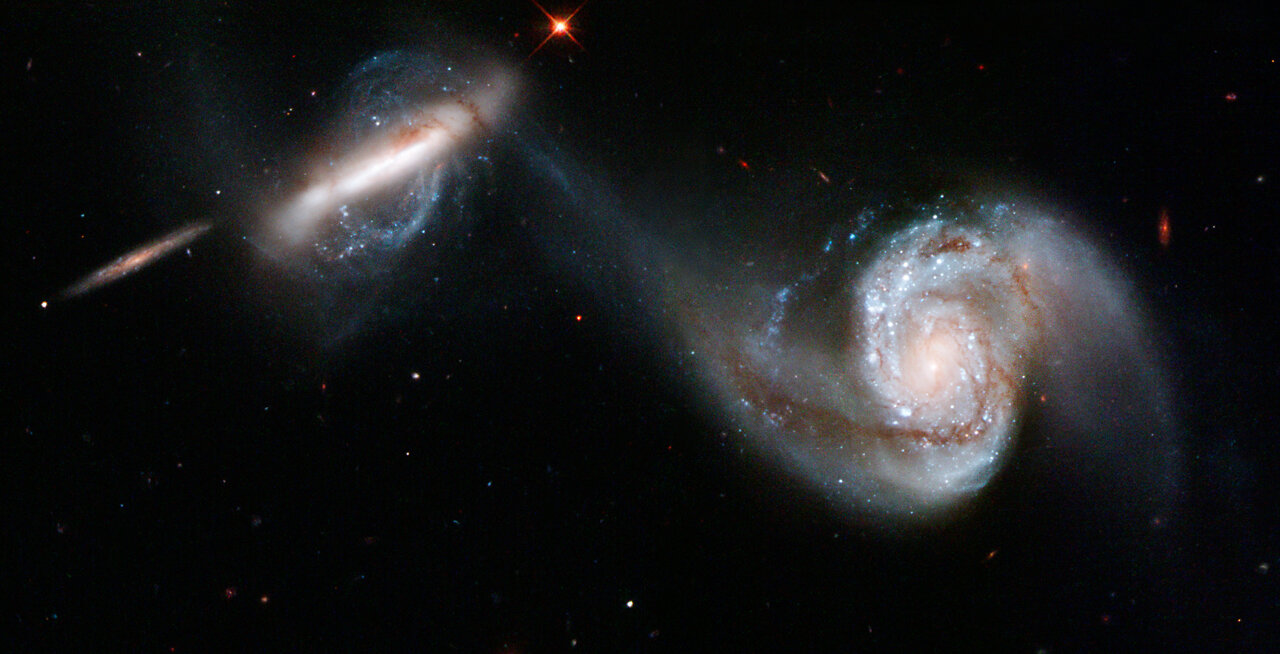Scientists have investigated how supermassive black holes affect the flow of gas in galaxies. For the first time, they saw how matter flowed to one of these monsters from a neighboring galaxy.

Why do black holes become active?
At the center of every large galaxy is a supermassive black hole. It is constantly growing, absorbing the surrounding gas. However, we see them mainly when the nutrition becomes especially intense. Then what we know as the active nucleus of the galaxy appears.
It is not completely clear where this amount of gas comes from. Numerous indirect studies have indicated that it flows to the center of the galaxy from the outside. Scientists from the University of Southampton were able to observe this process directly.
They used the 4-meter Anglo-Australian telescope in New South Wales to observe 3,000 galaxies. They were looking for systems with so-called “displaced gas”, which would mean those in which the scattered matter rotated in a different direction than the stars. They were also interested in the active nuclei of star systems.
Gas flow between galaxies
The main conclusion that scientists have come to in the course of their work is that active nuclei are very often present in galaxies with displaced gas or somewhere near them. There is definitely a connection between these two processes.
It seems that this process is especially intense where two galaxies are approaching. In this case, the gravitational forces of the black hole disrupt its flow at the neighbor. It begins to flow through intergalactic space. Black holes become active.
Scientists managed to observe the process of overflowing for the first time. It well confirms all the theories about how galaxies evolve when they connect. Now the researchers want to use the result to understand how much supermassive black holes have grown in general during the existence of the Universe and how important this process is at its beginning.
According to phys.org
Follow us on Twitter to get the most interesting space news in time
https://twitter.com/ust_magazine

